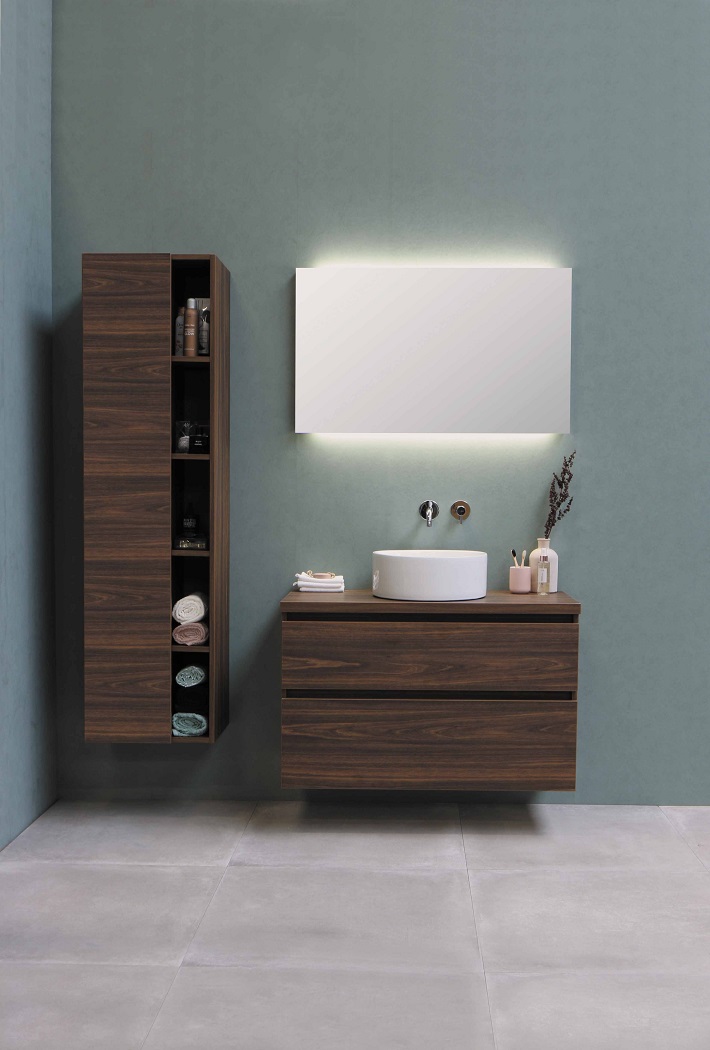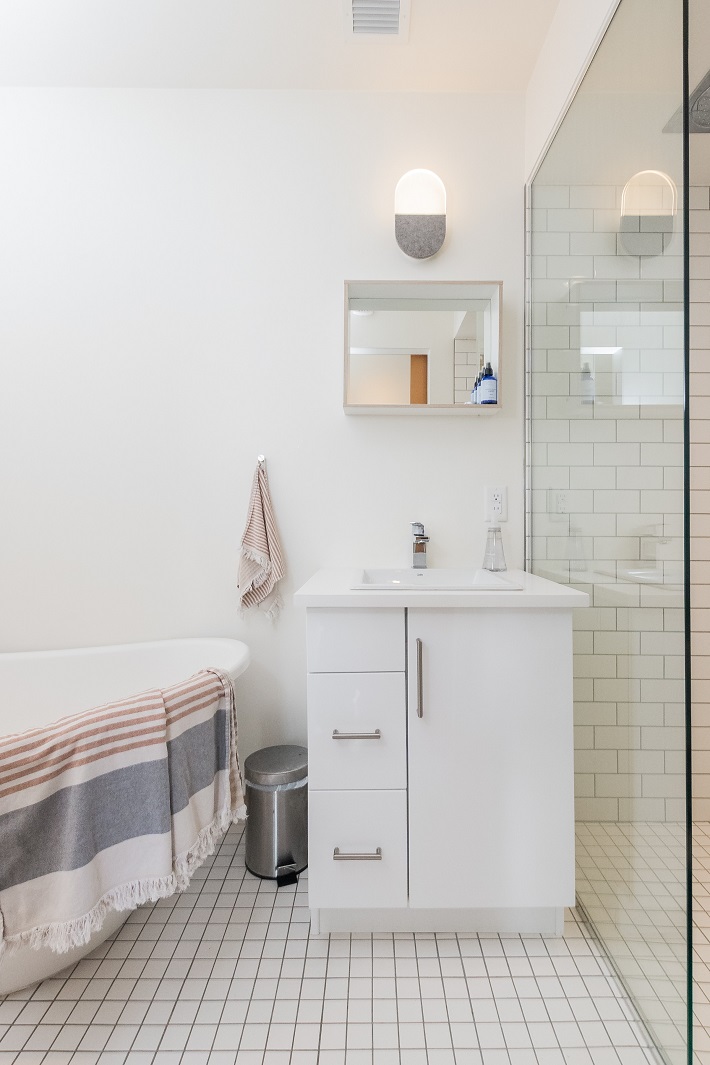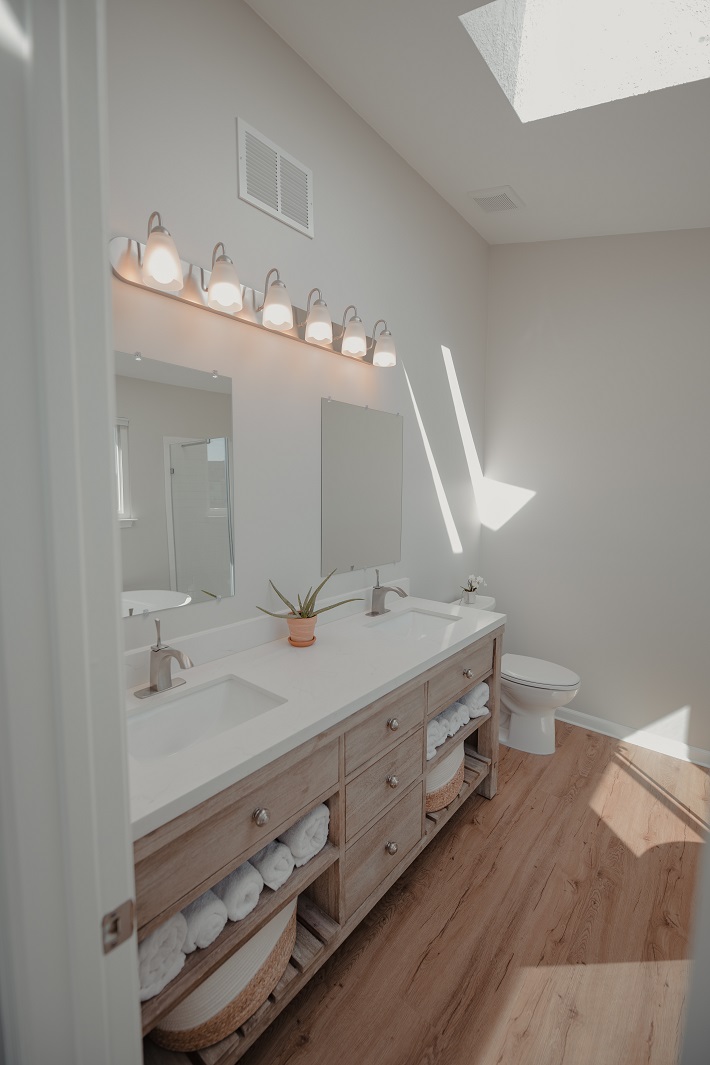Contents
As the bathroom workhorse, many are the benefits of the vanity. It’s a piece of furniture that’s designed to be of use to you, providing you with ample storage space to neatly organise your toiletries, bath essentials, and styling tools, and keep them out of sight. Thanks to this, you also get more free space in the bathroom which makes things easier when it comes to maintaining the overall cleanliness and hygiene.
But, to benefit all this, and make the most of what it has to offer, it takes choosing the right design for your home out of a vast array of models. Besides looking into the price and style, the material and its durability, plus how easy it is to maintain it, you’d be able to make a well-rounded decision by simply considering the size and some factors that revolve around it. The following suggestions shed light on how to proceed.
Start With the Standard Choices

This is important, especially given the sheer variety these furniture pieces come in. From 600 mm, and 750 mm, to mid-range yet spacious 900mm bathroom vanity units that provide the best in-between alternative. There are also the big 1200 mm, 1500 mm, and 1800 mm double-unit models that take up considerable space.
In inches, these standard options of widths range from 50 to 180 cm. The standard depth you can find most of these in is about 500 mm, however, there are some variations that can be more space-savvy too. As far as height goes, you can choose from anywhere between 700 mm and 900 mm, with the standard being 750 mm.
If you worry about the usable space being compromised in a small or minimalist bathroom, then the trendy floating design which is wall-mounted might just be the one for you instead of the traditional. Style-wise, it offers everything the freestanding alternative has so it’s not a compromise.
Consider the Reno Project

Is it a full bathroom renovation? Or is it a mere change with the vanity? If it’s the case with the first, you’re going to have to do all the measuring of the room to make full and proper use of the space with the suitable vanity and ensure it doesn’t get in the way of the passageways or interfere with the door or other storage furniture pieces like a linen closet.
But keep in mind you also have to be careful to add the plumbing into the picture too as the improper placement of the vanity could interfere with the use of the plumbing for the sink. It could also leave some pipes in sight that you’d much rather have concealed. Then there’s the consideration of existing features that have a say in the functionality and décor of the bathroom too, in the example of light fittings, electrical outlets, towel and paper holders, and mirrors to mention a few.
When you already have these attached to the wall, then it can turn into an even costlier endeavour if the addition of a new vanity is somewhat different than the previous one in terms of size – think 900mm bathroom vanities as opposed to the older 600 mm. Be sure to take all these things into account for a seamless makeover project and avoid any unexpected costs.
If it’s the case with the second option, that of introducing a vanity as a new addition to the room, then you don’t have to go through any trouble with measuring the bathroom itself – simply measure up the existing vanity that you’re about to replace and head out to do the shopping.
How Many People Will Be Sharing the Vanity?

When you share the household with several family members or tenants, the mere spatial calculation isn’t the only aspect that matters as more people equals to more need for storage, countertop space, and spacious sink design. The 700-750 mm option may seem to be better at first, but the little extra usable space of the 900 mm bathroom vanity units can make a world of difference with the storage and elbow room.
If you like to multitask in the morning and share the prep time with your soulmate, then you’d be better off with a double unit that allows for the use of a double sink where you can try out some synchronised toothbrushing à la Jimmy McGill and Kim Wexler. Still, remember that might entail plumbing investment too if you don’t have the needed system for the second sink, which could turn into yet another costly endeavour.
The consideration of others can give you an idea about the ideal choice of height too, as sharing the home with adults would require a higher vanity than the household where there are children, in which case a shorter one would do. If you don’t want to be doing any investment that soon, as kids do grow fast, the solution would be to use the higher model with a children’s stool or ladder as the aid.



